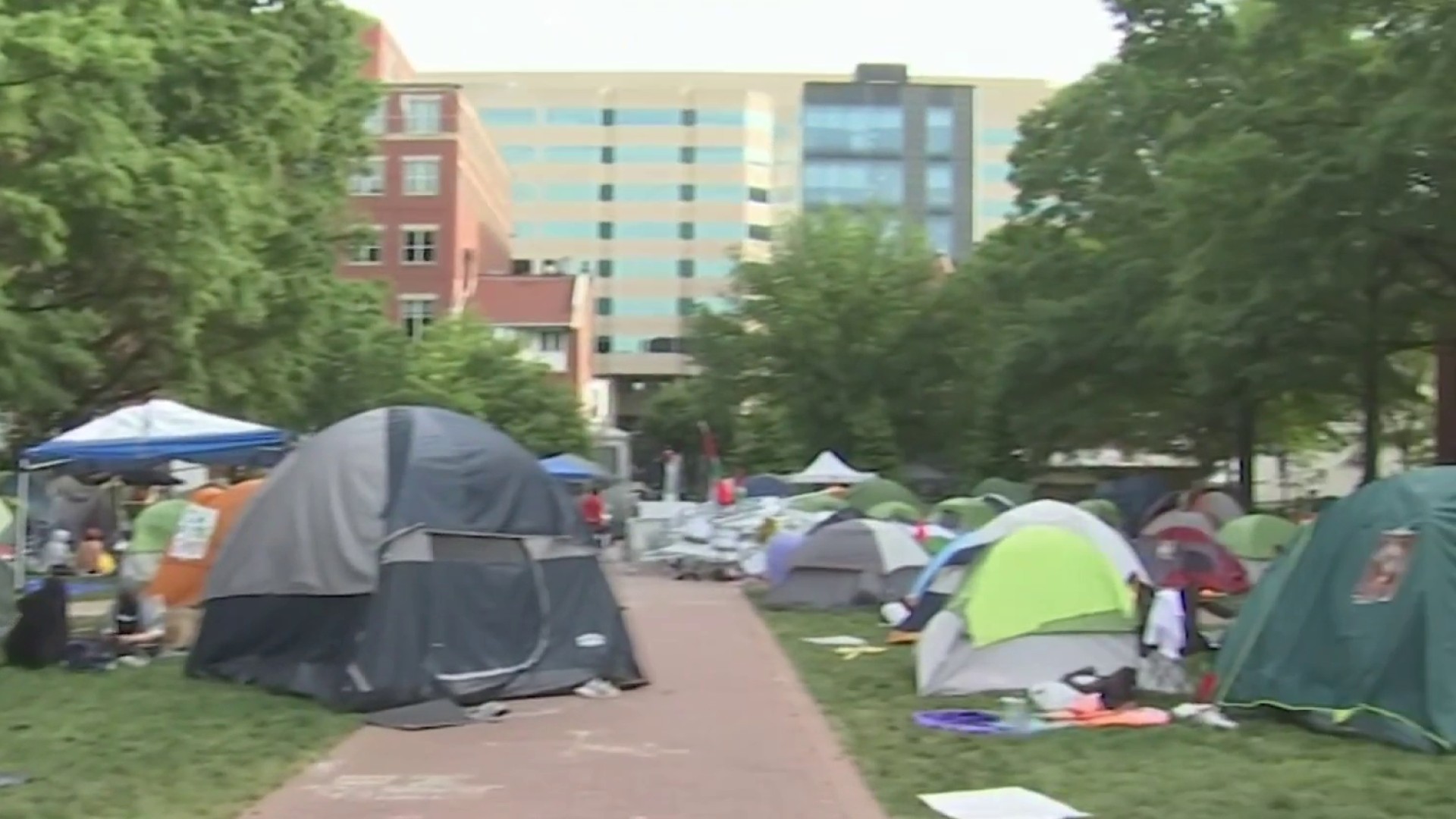The chances you live within walking distance to a spy site are 100 percent for those living in the D.C. area, according to a former CIA official.
Robert Wallace, who spent 40 years in the CIA, wrote the book “Spy Sites of Washington, D.C., A Guide to the Capital Region's Secret History,” which details hundreds of locations in D.C., Maryland and Virginia with connections to espionage.
Walking the streets of D.C., Wallace said locations where spies lived, worked, held secret meetings and conducted dead drops are all around.
“I think it's about 100 percent certain that there is a spy site in your neighborhood, somewhere in your neighborhood,” he said. “I assure you, you can walk to it.”
In December 1976, retired CIA employee Edwin Moore lived in a home on Fort Sumner Drive in Bethesda, Maryland.
“He decided to go to the other side,” Wallace said.
Local
Washington, D.C., Maryland and Virginia local news, events and information
Moore stole enough classified documents to fill several boxes and tried to sell them to the Soviet Union. He wrapped up a sample of the secret documents with a note and threw the bundle over the fence of the Soviet Embassy, which is now the Russian ambassador’s home. A security guard at the embassy found the package and called D.C. police, fearing it was a bomb.
“They come, retrieve the package, determine it isn't a bomb,” Wallace said. “They open the package, and some very alert police officer in Washington says, ‘Hmm, I think the FBI might be interested in this, and in fact, they were.”
Moore’s note instructed the Soviets to deliver $3,000 in cash to a dead drop location by a fire hydrant right across the street from his house, which undercover FBI agents did.
“He's arrested, he's tried, he's convicted, he's sentenced to 15 years in prison and then subsequently paroled after about three years,” Wallace said.
From the Soviet Union to the United States and Back
The security guard who found the package at the embassy was KGB.
Eight years after turning over Moore’s package of secrets to police, Vitaly Yurchenko returned to the Soviet Union.
“He was a fast-rising officer of the KGB,” Wallace said.
In 1985 after being diagnosed with cancer Yurchenko returned to the United States as a defector.
“He had knowledge of a lot of KGB operations in the United States, so of course we were interested, from a counterintelligence perspective, to debrief him thoroughly, and we did,” Wallace said.
Yurchenko’s defection didn’t last long. One night while having dinner at a Georgetown restaurant that is now the location of an &pizza restaurant, Yurchenko told his CIA security officer he was stepping outside for some fresh air.
“When he walked down the street maybe a block or so he was likely picked up by the KGB at that point,” Wallace said. “We saw him a day or so later on TV announcing that he had been drugged by the CIA for the last three months and he was very happy to be back in friendly hands.”
Spy Tactics Used for a Political Purpose
In his book, Wallace recounts hundreds of spy stories from locations across the area, including the famous garage in Rosslyn where Washington Post reporter Bob Woodward held secret meetings with his Watergate source Deep Throat.
“The Watergate story is in fact an adaptation of espionage techniques for a political purpose,” Wallace said.
“Spy Sites” includes maps of neighborhoods in D.C., Maryland and Virginia.



